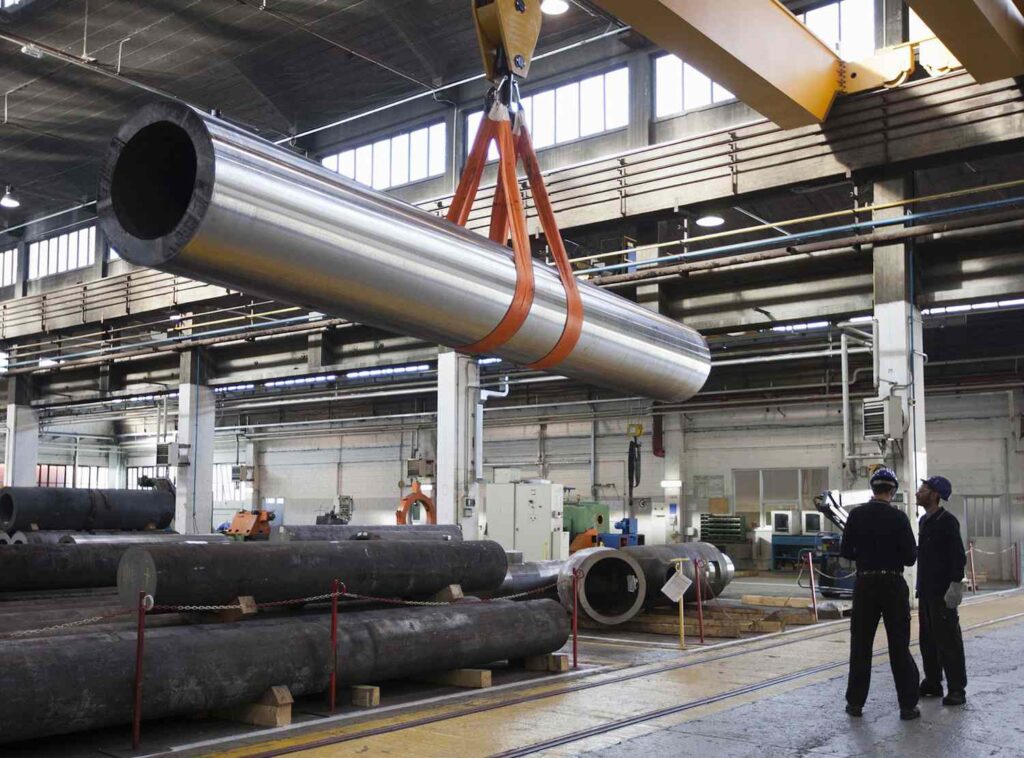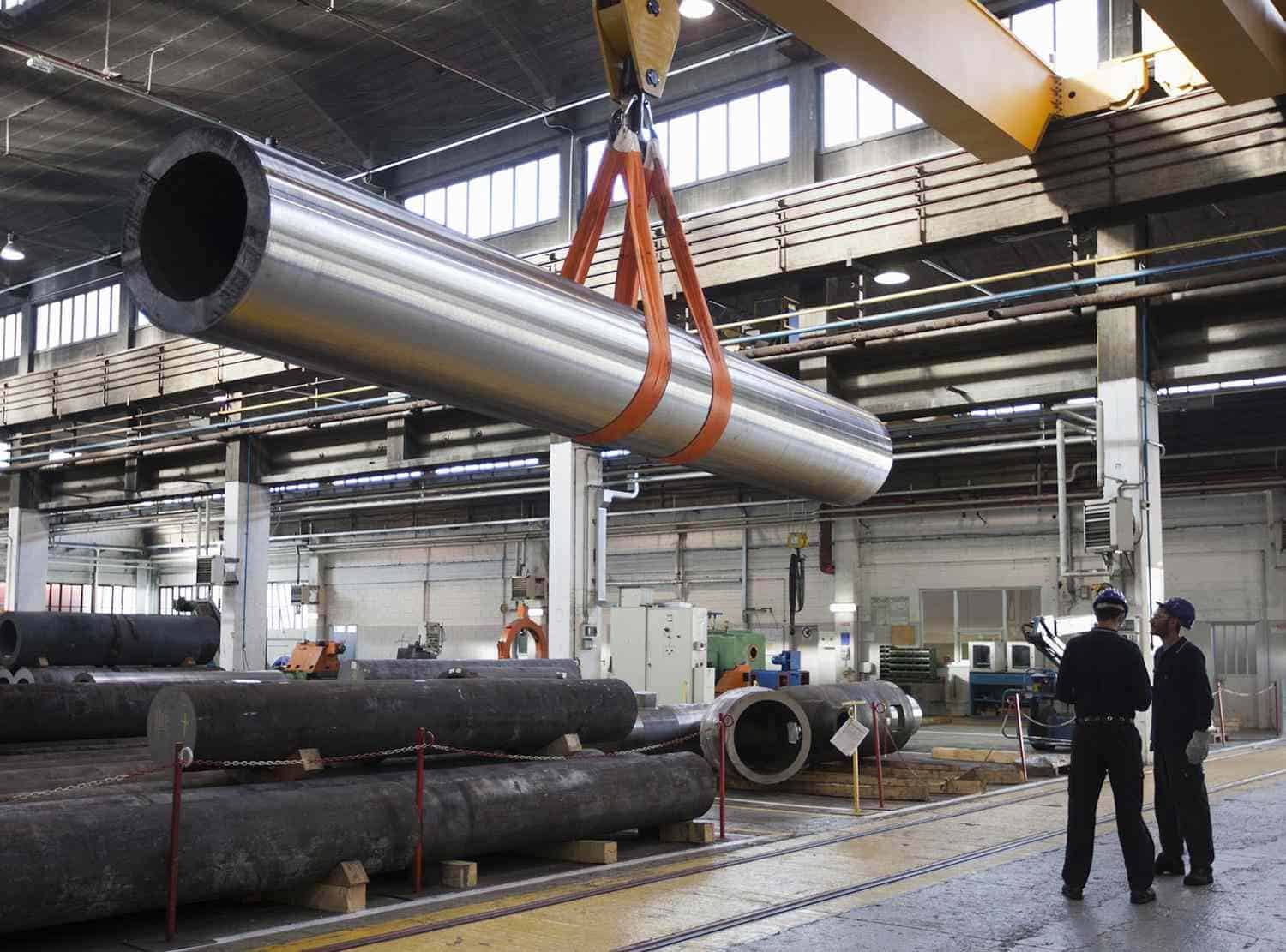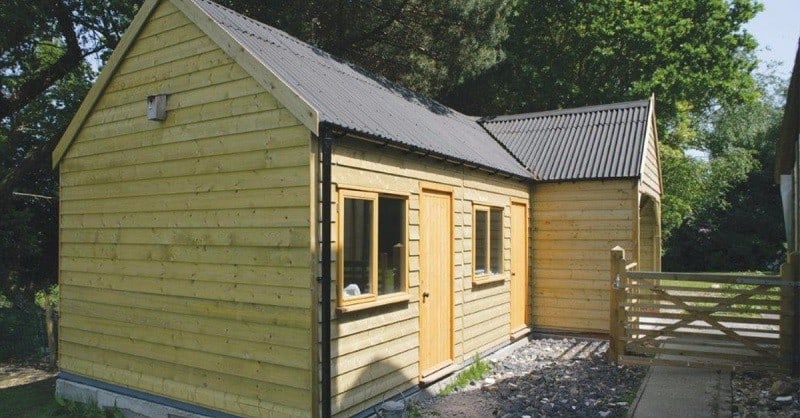
Steel is one of the most crucial materials in the world. It is found in cars, buildings, airplanes, kitchen appliances, and many other everyday products.
All steel alloys contain iron and carbon, but different types can include nickel, molybdenum, manganese, boron, cobalt, and vanadium. The process of making steel was the first area of inexpensive industrial mass production during the Industrial Revolution.
Iron Ore
Steel is one of the most common materials used in our everyday lives – it’s in your car, your fridge, and even your computer. It’s essential to modern life and it’s no surprise that it’s the most popular building material for skyscrapers and bridges.
The first step in making steel involves mining iron ore and converting it into liquid iron, known as pig iron. It takes about two tons of raw iron ore, a ton of coke (residue from coal heating in the absence of air) and half a ton of limestone (CaCO3) to produce a ton of pig iron. The limestone is added to the blast furnace as a flux, allowing the carbon monoxide from the coke to reduce iron oxide and form free iron.
Once the pig iron is molten, it can be cast into different shapes based on its application. These include blooms for sections like beams, slabs for plates, and billets for longer products such as pipes. This is the primary forming stage and it’s important that the molten metal is well cooled.
At this point, a number of additional elements can be added to the iron to change its properties. For example, low carbon steel can be made very strong and ductile by adding up to 1.5% of chromium. It is then used for tools and masonry nails, which can be driven into concrete or brick without bending.
Coal
Steel is an essential material for the global economy and provides a wide range of services, such as healthcare, telecommunications, improved agricultural practices, better transport networks and access to clean energy. The production of steel requires an enormous amount of coal, known as metallurgical coal or coke.
Unlike thermal coal, which is used to generate electricity, steelmaking coal must be heated without oxygen to remove water and chemicals. This process transforms the coal into a hard, porous material called coke. The coke is used in the iron-making process to produce molten iron, which can then be turned into steel.
The metal is formed into various shapes, including slabs used in beams, blooms used for sections like beams and billets for longer products like pipes. It is then hot rolled, which makes it stronger and easier to work with. Finally, the steel is heat treated to make it more resistant to corrosion, such as annealing, quenching and tempering.
While fossil fuels still provide a majority of the world’s energy, there are signs that the industry may shift to using cleaner alternatives to produce steel. Hornfeldt points to the fact that Sweden, where SSAB is located, has a facility that produces green steel, no coal needed. But, he cautions that the transition to clean hydrogen could take years. It depends on governments’ willingness to set pricing structures for carbon pollution.
Scrap
Metal items degrade over time from wear and tear but the elemental chemistry of metal means that they can be recycled into high-quality, new, metallic materials. This process is called secondary steelmaking and creates alloys that are as good as those made from pig iron. Scrap steel is melted down, poured into ingots and then rolled and shaped into the required finished product, such as an I-beam or car panel.
Scrap steel comes from all sorts of sources. It can be collected at designated scrap yards from home or industrial waste and even from old products that have reached the end of their life such as iron railings, lawnmowes and cast-iron pots and pans. It is one of the most recycled metals on the planet and can be found in everything from airplanes to washing machines.
There are two main types of steel scrap; Prompt Scrap and Obsolete Scrap. Prompt scrap accrues during the production of steel itself or from the re-processing of end-of-life products and is of a higher quality than obsolete scrap. Obsolete scrap, on the other hand, has a greater concentration of impurities and accrues from longer lag times between steel production and its return to the industry. The proportion of prompt scrap to obsolete scrap within total crude steel production varies depending on the efficiency of the steel processing and finishing processes.
Limestone
Limestone is a sedimentary rock that contains high levels of calcium carbonate, which is an essential mineral for a wide range of industrial/manufacturing applications. It is mined from the ground either by shaft mining or open-pit quarrying and is then crushed into a fine powder for use in various steelmaking processes.
For use in the ironmaking and steelmaking process, limestone must be calcined to form what is known as burnt lime (CaO). The calcium oxide is required to maintain slag basicity in both the blast furnace (BF) and electric arc furnace (EAF).
Calcination is done in rotary kilns that are often vertical shaft kilns or horizontal kilns. The size of the limestone particles that are charged into the kiln determines the length of time it takes for them to calcinate. Larger particles require more time to calcinate than smaller ones.
Suitable limestone for the production of burnt lime needs to have low sulphur content preferably less than 1 %. It also needs to have a good reactivity. A limestone with a low reactivity and high sulphur content is not useful in the slag making process since it does not slake well. The reactivity of the limestone is improved by adding fuels such as oil, natural gas or coke to the calcination process. This improves the reactivity of the limestone and helps with the slag formation in the BF, EAF, or secondary metallurgy/ladle refining processes.






























